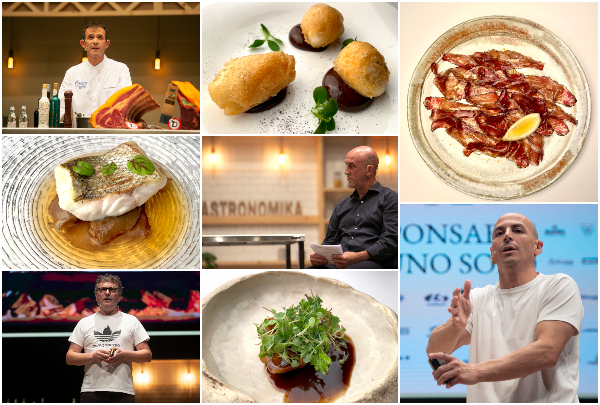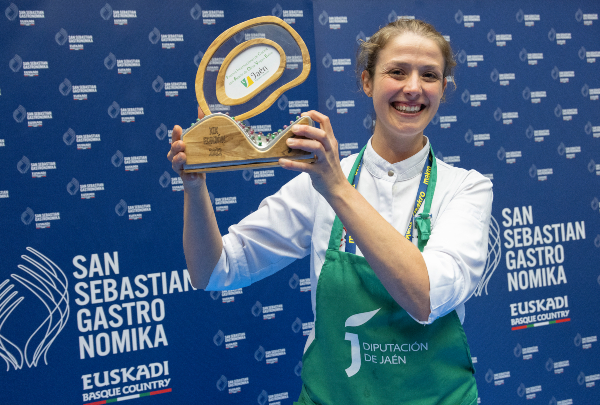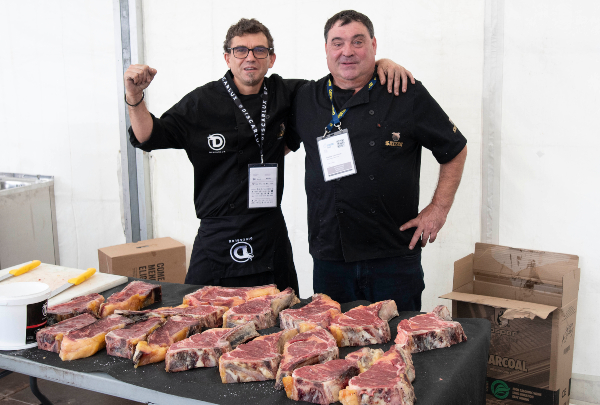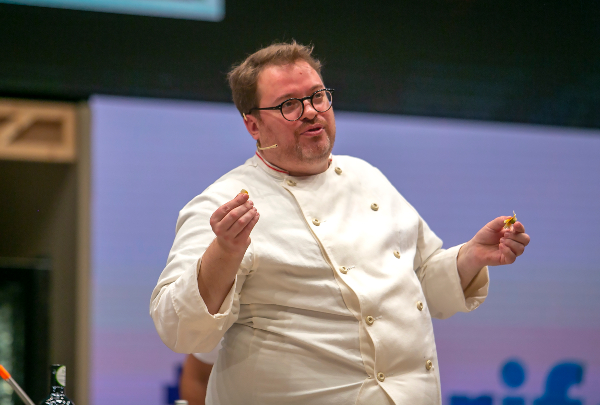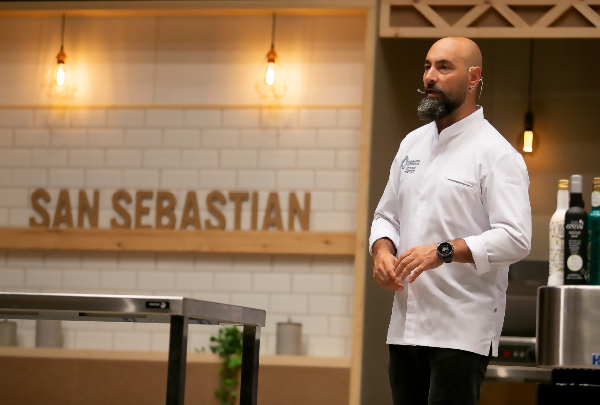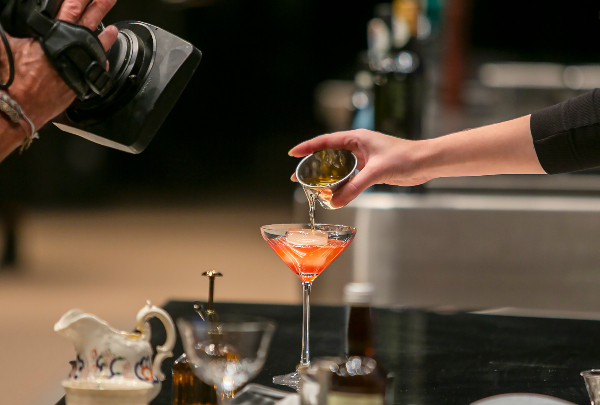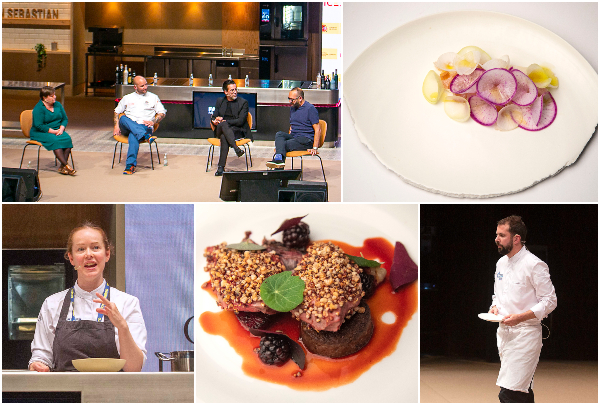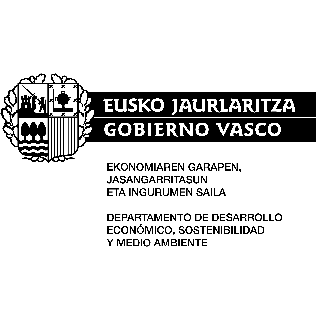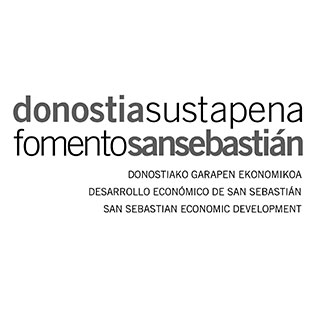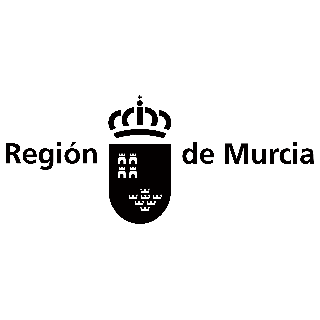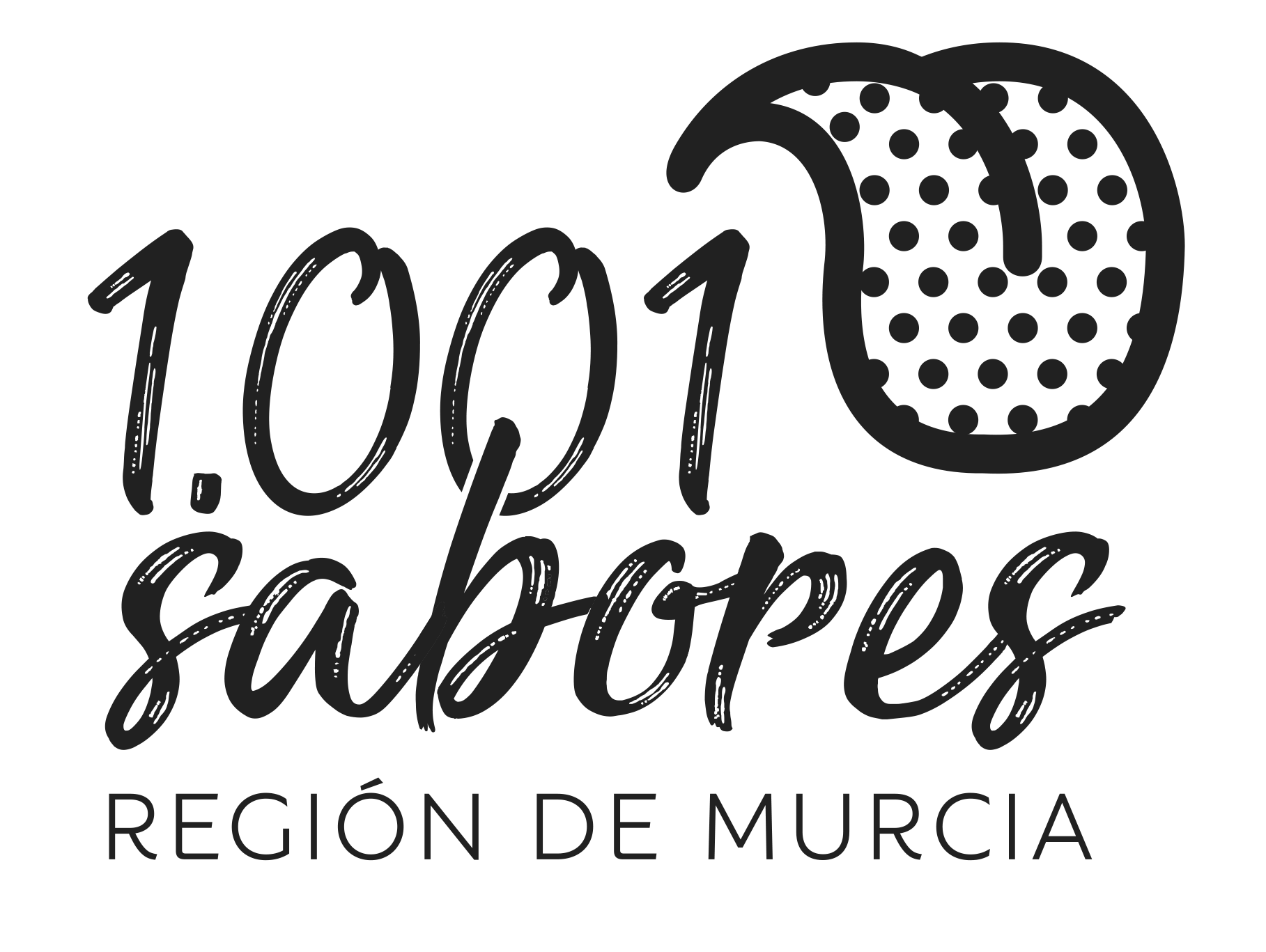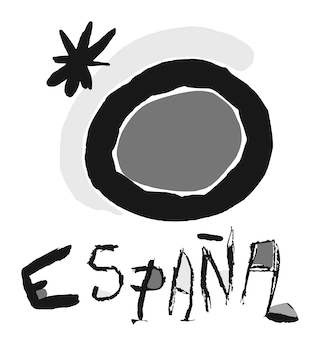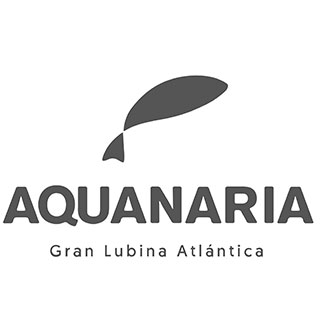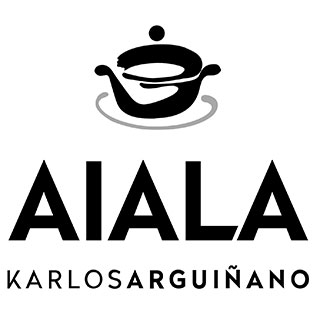News
A trip around gastronomy with ceviche
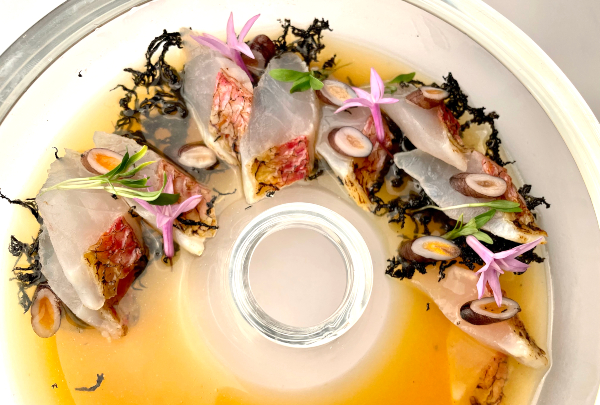
Gastón Acurio, a leading light in Peruvian cuisine, cooked up three cevicle recipes for the congress, which not only demonstrate the developments in this fare over the last fifteen years, but could also be seen as a metaphor on what has been going on in the world of gastronomy for the last three decades.
Since Gastón Acurio opened his Astrid & Gastón restaurant (Lima, Peru) in 1994, his cooking has undergone a radical change because he started out with the classic French recipes and developed his menu into a 100% Peruvian concept. Down through the years Gastón has brought ceviche to everyone, and has become the best ambassador and maximum exponent of a burgeoning Peruvian cuisine.
“Ceviche has been developing over the years. The first time I went on stage at San Sebastián Gastronomika fifteen years ago, I presented a traditional ceviche. It wasn't very well known, and at the time nobody thought it would become such a popular recipe. When you eat this from early childhood, you recognise the flavours that identify it. Years after it became popular in Spain and Peruvian cuisine began to expand, the new generation of chefs took the recipe to the terrain of innovation, to signature cookery. Later, by way of a reaction to this movement, chefs have emerged to defend tradition, and years later ceviche has become universal, the formula is shared, and attempts are being made to reproduce it with local ingredients". A perfect metaphor of what has been going on in the world of gastronomy in recent years.
To produce the different versions of ceviche, Gastón invited several generations of chefs on stage. The first to turn out the recipe, the traditional recipe, the recipe demonstrated at Gastronomika fifteen years ago, was Gastón himself. The chef explained that he normally used croaker, but in this case he was going to use sea bass. The difference between the two fish has an effect on their treatment - croaker is cured beforehand to protect the ceviche "tiger milk", a process which is not carried out with sea bass - and also in the cuts - croaker is cubed, whereas sea bass is cut into small fillets. “It's important to know what kind of fish we're dealing with, because its texture, size and fat help us decide how to cut it, or whether we let it mature a little beforehand", explained the Peruvian.
The order of preparation is most important. The fish is positioned, the chef adds salt, onion, coriander, "ají" chili (used to rub the receptacle for a better flavour and taste) and lime, and then the preparation is stirred for thirty seconds. It is then served on a plate with lettuce leaves, "choclo" maize, batata and onion. Three important aspects: testing the mixture to keep the taste on track; a good knowledge of the "ají" used to adapt it to local tastes, while the lime is used for acidity and not dryness, and so care must be taken with the rind.
The second ceviche, innovation ceviche, was made by Diego Oka, chef at La Mar by Gastón Acurio. In this case, the personal touch is in the tiger milk, which is combined with cow milk and fermented with tea bacteria for five days. The signature touch is also in the ingredients because, among other ingredients, they add in tamarind, soya and sugar. A sweet and sour taste for the diner's mouth. The fish is red mullet, lightly grilled. “I think the tiger milk umami, the smoked fish, the crunchy algae (Peruvian "yuyo"), and the sweetness of the barnacles works just fine", said the chef. The name? Astrogalactic ceviche.
By way of a reaction to this more daring cuisine, the popular cooking with which the next version of ceviche attempts to retrieve tradition. It was cooked by Álvaro Mago, from La Chalaca. On this occasion, the fish was bonito. “It's cut into large cubes, with salt, coriander, chilis, fresh lime ... and stirred. Then we mix it with onion, tiger milk and yellow chili”. It appears on the plate with lettuce, "choclo" pie, banana "chifles", "cancha" maize, onion, chopped coriander, chil leaves and "palta" avocado.
The last ceviche is the “universal” version by José Blade from Yakumanka, a Peruvian who has been living in Spain for years. A generation that speaks out for and defends its roots, but is also keen to express its gratitude for the welcome received from its place of adoption. The chef uses local ingredients for this recipe: sea bream, "piparra" pepper tiger milk, Gernika peppers and sea urchins.
